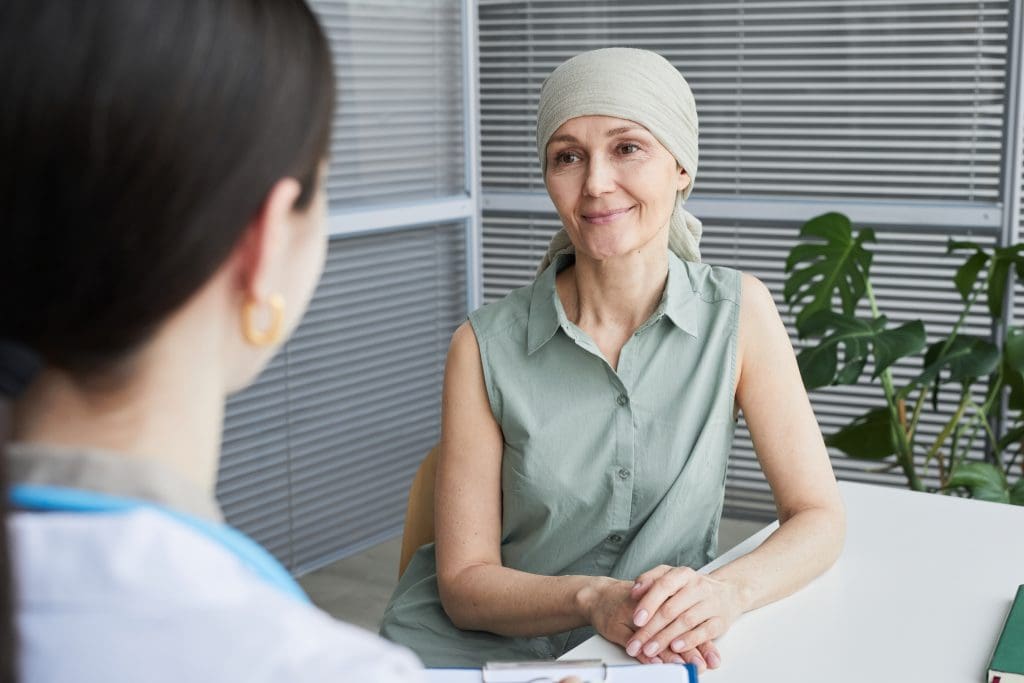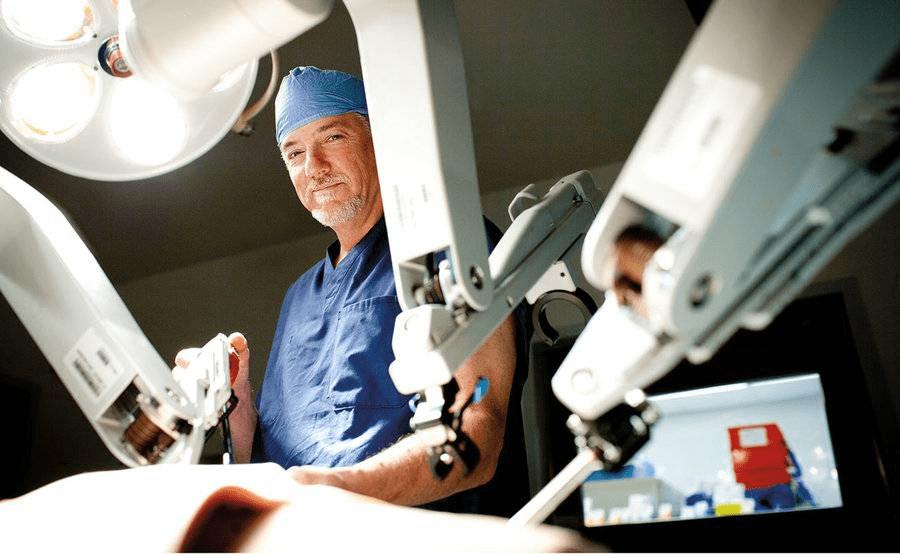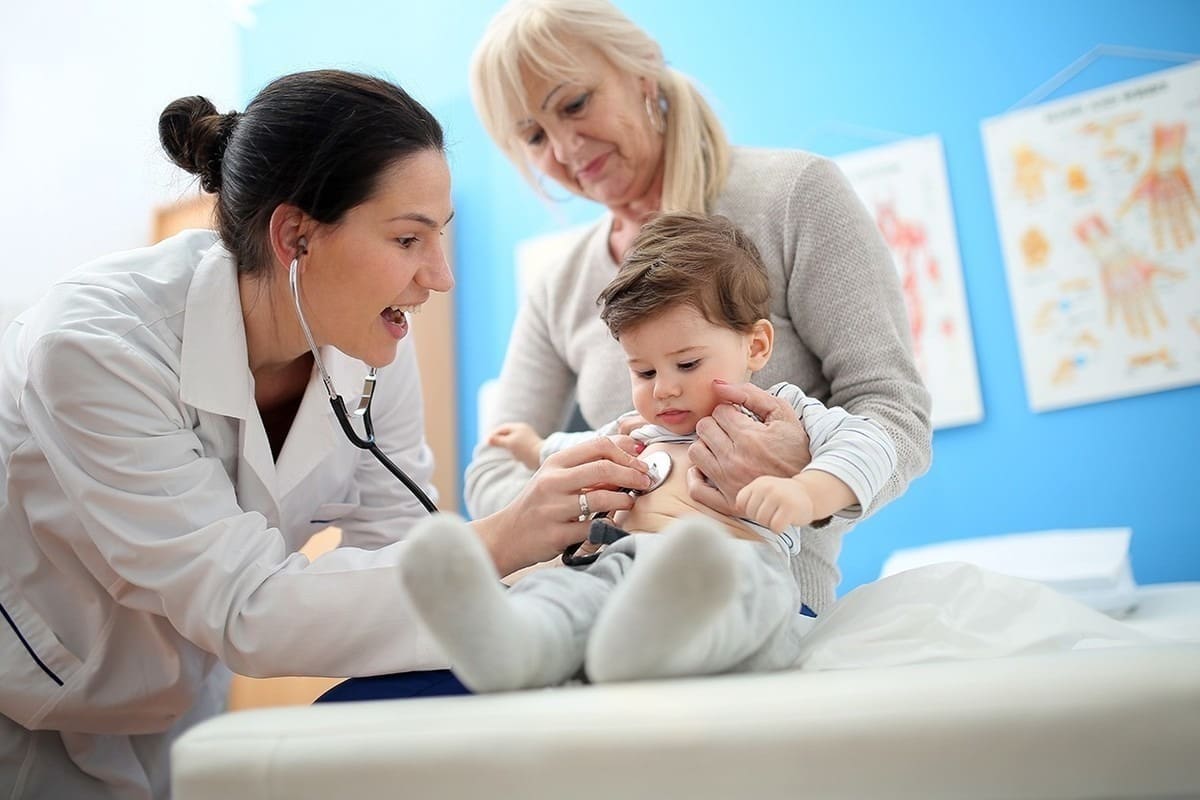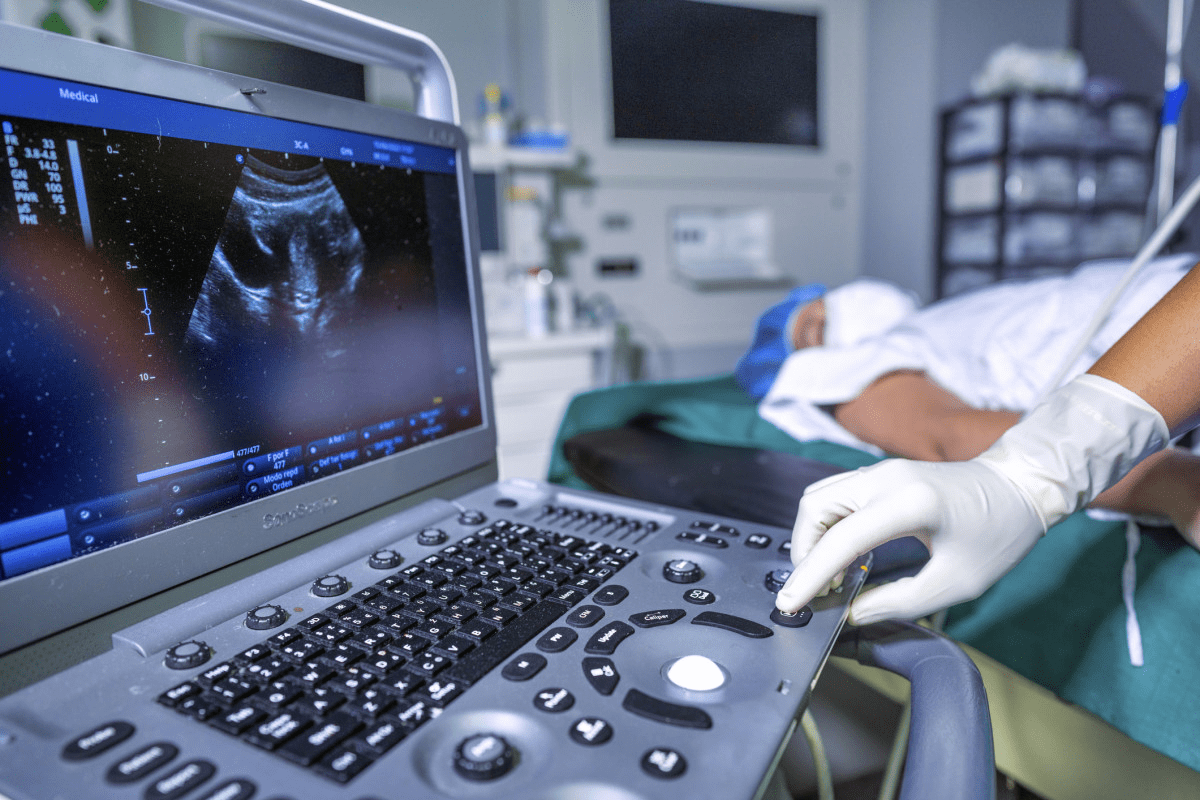Last Updated on November 26, 2025 by Bilal Hasdemir
Chemotherapy is a challenging treatment, and many ask, “what week of chemo is the hardest? Side effects often peak in the first or second week of each cycle.
The journey through chemotherapy is hard. Patients face different side effects and challenges at each stage. It’s important for patients to understand the chemotherapy process and its effects.
Chemotherapy treatment cycles aim to kill cancer cells. But they can also affect the body’s health and well-being.
Key Takeaways
- Chemotherapy is a common treatment for cancer patients.
- The chemotherapy process involves multiple treatment cycles.
- Understanding chemotherapy’s effects is key for patient preparation.
- Chemotherapy treatment cycles target cancer cells but can impact overall health.
- Patients face varying challenges during different stages of chemotherapy.
Understanding Chemotherapy Treatment Cycles

It’s important for patients to understand the cyclical nature of chemotherapy. This knowledge helps them prepare for the treatment. Chemotherapy is given in cycles, allowing the body to rest between treatments.
What Is a Cycle of Chemotherapy?
A cycle of chemotherapy is the treatment period followed by a recovery time. The cycle length varies. It depends on the cancer type, the drugs used, and the patient’s health.
Common Chemotherapy Schedules
Chemotherapy schedules differ a lot. Here are some common ones:
- Weekly treatments
- Every-two-week treatments
- Every-three-week treatments (a common schedule, often referred to as a 21-day cycle for some treatments)
The 21-Day Chemo Cycle Explained
The 21-day chemo cycle is a common regimen. Chemotherapy is given on day one, followed by a 21-day rest. This cycle is repeated based on the treatment plan.
| Day | Treatment Activity |
| 1 | Chemotherapy Administration |
| 2-21 | Recovery Period |
Chemotherapy treatment cycles are customized for each patient. They consider the cancer type, stage, and the patient’s health. Knowing these cycles helps patients understand what to expect and when.
The Physical Journey Through Chemotherapy
Starting chemotherapy is a big step that comes with many physical challenges. Knowing what to expect can help patients prepare for their treatment journey.
First Treatment Experience
The first chemotherapy treatment is filled with emotions and anticipation. Patients might worry about side effects and how they’ll affect their body. The treatment is given through an IV, and its length varies by type. Some feel side effects like nausea or fatigue right away. Others might not notice anything at first.
Cumulative Effects of Chemotherapy
As chemotherapy goes on, its effects can get stronger. Fatigue is common because it can lower red blood cell production. Other effects include hair loss, skin and nail changes, and a higher risk of infections. It’s important to manage these to keep quality of life high.
Recovery Periods Between Treatments
Recovery times between treatments are key for the body to heal. Patients should rest, eat well, and drink plenty of water during these times. How long it takes to feel better varies by person and treatment. Some feel better quickly, while others take longer.
Knowing about the physical journey through chemotherapy helps patients and caregivers. Being aware of side effects and taking steps to manage them can make the experience better.
What Week of Chemo Is the Hardest?
The hardest week of chemotherapy varies from person to person. Common challenges include emotional and physical side effects. It’s important to know how treatment can affect you differently.
First Week Challenges
The first week of chemotherapy is tough. Patients worry about the treatment and its side effects. They also worry about how it will change their daily lives.
Physically, the body may react to the drugs. This can cause fatigue, nausea, and other side effects. As one patient said,
“The first week was overwhelming. I didn’t expect the fatigue to be so debilitating.”
To cope, having a strong support system is key. Follow your healthcare provider’s advice on managing side effects. Some tips include:
- Resting when needed
- Eating small, frequent meals
- Staying hydrated
Middle Treatment Difficulties
As treatment goes on, side effects can get worse. Hair loss, neuropathy, and fatigue become more common. Adjusting daily routines is often necessary.
Cumulative effects make everyday tasks hard. Prioritize activities and ask for help when needed. Maintaining open communication with healthcare providers is vital to manage side effects.
Final Rounds Intensity
The final rounds of chemotherapy are emotionally mixed. Patients feel relief that it’s almost over but worry about the outcome. They also worry about transitioning to post-treatment care.
Physically, side effects can be intense. Stay focused on recovery and follow your treatment plan. Support from loved ones and support groups is essential.
Individual Variation in Treatment Response
Chemotherapy affects everyone differently. Health, type of cancer, and treatment plan all play a role. Some patients have easier treatment, while others face more challenges.
Understanding this variability is key to personalized care. Healthcare providers tailor treatment plans to each patient’s needs. They adjust as needed.
In conclusion, the hardest week of chemotherapy varies. Knowing the challenges at different stages helps patients prepare. With a strong support system, patients can better navigate their treatment journey.
Side Effects Timeline During Chemotherapy
Knowing when side effects happen during chemotherapy is key for patients. Chemotherapy affects everyone differently. Knowing when side effects will occur helps manage them better.
Immediate Side Effects (Days 1-3)
The first few days after chemotherapy can be tough. You might feel fatigue, nausea, and vomiting. These are common reactions to the drugs. You could also get infusion-related reactions like fever or chills during or right after treatment.
Short-Term Side Effects (Days 4-10)
Short-term side effects kick in as your body adjusts. You might lose your hair, get mouth sores, or have bowel issues like diarrhea or constipation. How bad these are can depend on the treatment and your health.
Delayed Side Effects (Days 10-21)
Between days 10 and 21, you might notice delayed side effects. These include neuropathy, which is numbness or tingling in your hands and feet. You might also see skin changes like dryness or rashes. These are due to the long-term effects of the drugs on your body.
Cumulative Side Effects Over Multiple Cycles
With more cycles of chemotherapy, side effects can add up. You might feel persistent fatigue, have immune suppression, or face long-term risks like cardiotoxicity or neurotoxicity. Keeping an eye on these effects is important for adjusting your treatment and looking after your long-term health.
First Chemotherapy Treatment vs. Subsequent Treatments
Chemotherapy is a tough experience. Knowing what to expect from the first treatment to later ones can make it easier. The first session sets the stage, but how it compares to later ones is a big worry for many.
What to Expect During Your First Treatment
The first chemotherapy session brings a mix of feelings – anxiety, fear, and hope. Preparation is key; you’ll get detailed instructions on what to expect and how to handle side effects. The treatment itself can take a few minutes to hours, depending on the type.
Is the 2nd Chemo Treatment Worse Than the 1st?
The second treatment might seem worse because you’re more aware of side effects after the first one. But, every patient’s experience is unique. Some might find later treatments easier, while others might face more side effects.
Does Chemo Get Worse With Each Treatment?
Whether chemotherapy gets worse with each treatment depends on many factors. These include the type of cancer, the treatment plan, and how well your body handles it. Some might see side effects get worse, while others might adjust better over time.
| Aspect | First Treatment | Subsequent Treatments |
| Emotional State | High anxiety, anticipation | Varies, potentially less anxious |
| Side Effects Awareness | Uncertain, less aware | More aware, potentially more concerned |
| Treatment Experience | New, potentially more daunting | Familiar, potentially more manageable |
The Worst Days After Chemotherapy Treatment
Knowing the worst days after chemo can help patients get ready and handle their symptoms better. Chemo affects everyone differently. But, there are common symptoms that many people face after treatment.
Common Patterns of Post-Treatment Symptoms
After chemo, patients often feel tired, nauseous, and lose their hair. These symptoms can change in how bad they are and how long they last. This depends on the chemo type, how well the body takes it, and overall health.
Immediate symptoms usually show up a few days after treatment. These can include nausea, vomiting, and feeling very tired. As treatment goes on, cumulative effects like hair loss and a higher risk of getting sick become more noticeable.
Managing the Most Difficult Days
Getting through the toughest days after chemo needs a mix of medical help, lifestyle changes, and emotional support. Patients can benefit from:
- Drinking lots of water and eating well
- Resting a lot and doing gentle exercises
- Getting support from family, friends, or groups
- Using medicines as told to manage symptoms
When to Contact Your Healthcare Provider
It’s important for patients to know when to reach out to their healthcare provider. They should seek help if they have:
- Severe or ongoing symptoms like pain, nausea, or vomiting
- Fever or signs of infection
- Unusual bleeding or bruising
- Big changes in how they feel or act
By knowing the usual symptoms after chemo and how to deal with the hardest days, patients can better handle their treatment. Always talk to a healthcare provider for specific advice and care.
What Happens If You Stop Chemo Halfway Through
Many patients wonder what happens if they stop chemotherapy halfway. This choice can be due to severe side effects, personal reasons, or health changes. Knowing the effects of stopping chemotherapy early is key to making good cancer treatment decisions.
Medical Consequences of Premature Termination
Stopping chemotherapy early can have serious medical effects. One major worry is that cancer cells might grow back or become resistant. Chemotherapy targets and kills fast-growing cancer cells, and stopping it early might let these cells live and grow.
Another big issue is how it affects your health. Chemotherapy often works with other treatments like surgery or radiation. Stopping it early might make the treatment plan less effective, leading to a worse outcome.
Impact on Cancer Treatment Efficacy
The success of cancer treatment often depends on finishing the chemotherapy as planned. Stopping treatment early can make it less effective, possibly lowering the chance of remission or increasing the risk of cancer coming back.
| Treatment Outcome | Completed Chemotherapy | Stopped Chemotherapy Early |
| Remission Rate | Higher | Lower |
| Recurrence Risk | Lower | Higher |
| Treatment Resistance | Less likely | More likely |
When Stopping Early Might Be Medically Indicated
While finishing chemotherapy is usually best, there are times when stopping early is needed. For example, if severe side effects harm your quality of life, your might change or stop treatment. Also, if the cancer doesn’t respond to chemotherapy, stopping it might help find other treatments.
Talking to your healthcare provider about your treatment options and concerns is vital. This way, you can make informed decisions about your care.
Delaying Chemotherapy: Risks and Considerations
Delaying chemotherapy can greatly affect cancer treatment’s success. It’s sometimes necessary, but knowing the risks is key for both patients and .
How Long Can You Safely Delay Chemo?
The safe time to delay chemotherapy depends on the cancer type, its stage, and the patient’s health. Delays should be kept short to keep treatment effective. Studies show that even brief delays can affect treatment results in some cancers.
Common Reasons for Treatment Delays
Several factors can cause chemotherapy delays. These include:
- Infection or illness
- Low blood counts (neutropenia)
- Severe side effects from previous treatments
- Surgical recovery
Chemo Delayed Due to Low Blood Count
A low blood count, like neutropenia, often leads to chemotherapy delays. Low blood counts raise infection risks and make it hard for the body to handle more chemo. Treatment is then delayed until blood counts improve.
Patients should talk to their healthcare provider about delaying chemotherapy. This helps understand the risks and make the best care choices.
How Many Rounds of Chemotherapy Is Normal?
Knowing how many chemotherapy cycles are typical is key for patients. Chemotherapy is complex, and the number of rounds varies a lot. This depends on several factors.
Standard Treatment Protocols by Cancer Type
Each cancer type has its own treatment plan. For example, early-stage breast cancer might need four to six cycles. But, advanced-stage colorectal cancer could require a longer treatment.
Common Chemotherapy Protocols:
| Cancer Type | Typical Number of Cycles |
| Breast Cancer (Early Stage) | 4-6 |
| Colorectal Cancer (Advanced Stage) | 6-12 |
| Lymphoma | 3-8 |
Why Six Chemo Treatments Is Common
Many cancers get six cycles of chemotherapy. This is because it strikes a good balance. It kills cancer cells well without harming the patient too much.
Factors That Determine Treatment Duration
Many things affect how long chemotherapy lasts. These include the cancer type and stage, the patient’s health, and how the cancer reacts to treatment. tailor each treatment plan carefully. They keep checking if changes are needed.
How long chemotherapy lasts is decided by the healthcare team. They watch how the patient is doing and how they react to treatment.
The 7-Day Rule in Chemotherapy
The 7-day rule is key in planning chemotherapy. It helps balance treatment effectiveness and recovery time. This balance is important for the body’s health.
Understanding Treatment Scheduling Guidelines
Chemotherapy plans vary by cancer type and patient response. The 7-day rule guides oncologists to schedule treatments effectively. This approach aims to reduce side effects and boost treatment success.
Why Timing Matters in Chemotherapy
Timing is everything in chemotherapy. It lets the body heal from treatment side effects. Proper timing ensures the treatment’s strength and effectiveness.
Exceptions to Standard Scheduling Rules
While the 7-day rule is common, exceptions exist. These depend on patient response, drug side effects, and other health factors. Adjustments may be needed to meet individual needs.
| Factor | Influence on Scheduling |
| Patient Response | Adjustments based on how well the patient tolerates treatment |
| Drug Toxicity | May require delaying treatment to allow recovery |
| Factors | Includes blood counts, overall health, and other medical conditions |
When Is Someone Too Weak for Chemotherapy?
Chemotherapy is a big help for many cancer patients. But, it’s not right for everyone. The choice to have chemotherapy depends on many things, like how healthy the patient is.
Assessing Patient Fitness for Treatment
check if a patient can handle chemotherapy. They look at the patient’s health, past medical issues, and current condition. This helps figure out who might face too many side effects or not get much benefit from it.
Signs That Chemotherapy May Be Too Harsh
Some signs show that chemotherapy might be too tough. These include losing a lot of weight, feeling very tired, having low blood counts, or problems with organs. If a patient shows these signs, their might change their treatment plan or try something else.
Alternative Treatment Approaches
For those who can’t handle chemotherapy, there are other ways to treat cancer. Options include targeted therapy, immunotherapy, or focusing on making the patient’s life better. The right choice depends on the cancer type, stage, and the patient’s health and wishes.
Deciding to keep or stop chemotherapy is a big choice. It should be made with a help, thinking about the patient’s unique situation and needs.
When Chemotherapy Is Not Recommended
Chemotherapy saves many lives, but it’s not always the best choice. carefully weigh many factors before deciding against it. These include the patient’s health, the cancer type and stage, and possible side effects.
Medical Contraindications
Some health issues make chemotherapy too risky. For instance, those with severe heart disease, kidney problems, or serious brain disorders might avoid it. This is to prevent serious side effects.
| Condition | Reason for Contraindication |
| Severe Heart Disease | Increased risk of cardiac complications |
| Kidney Dysfunction | Impaired drug clearance, potentially leading to toxic levels |
| Significant Neurological Disorders | Potential for exacerbating neurological symptoms |
Quality of Life Considerations
In some cases, chemotherapy’s benefits might not outweigh its impact on quality of life
End-of-Life Care Decisions
For those with terminal cancer, the focus changes to comfort care.
“Palliative care aims to ease symptoms and stress of serious illness. It aims to improve life quality for the patient and their family,”
the National Cancer Institute explains.
Choosing chemotherapy is a personal decision. It considers medical factors and the patient’s values and wishes.
Taking Breaks During Chemotherapy Treatment
Taking breaks during chemotherapy is key to managing its physical and emotional effects. These breaks can be planned or unplanned, and knowing their impact is important for patients and caregivers.
How Long Can You Take a Break From Chemo?
The length of a chemotherapy break varies. It depends on the cancer type, treatment plan, and patient’s health. Planned breaks are part of the treatment plan, helping patients recover from chemotherapy side effects. These breaks can last from a few days to several weeks.
A study in the Journal of Oncology shows breaks’ timing and length affect treatment success. The study highlights the need for personalized treatment plans, considering the patient’s response and tolerance.
Planned vs. Unplanned Treatment Interruptions
Chemotherapy breaks can be planned or unplanned. Planned interruptions are scheduled as part of the treatment. Unplanned interruptions happen due to unexpected issues, like severe side effects or hospitalizations.
- Planned interruptions help patients recover and regain strength.
- Unplanned interruptions can be due to neutropenia, infection, or other complications.
Knowing the difference between planned and unplanned interruptions is key to effective treatment management.
Strategies for Resuming Treatment Successfully
Starting chemotherapy again after a break needs careful planning and monitoring. Patients should work closely with their healthcare team to plan treatment resumption. This may involve adjusting the treatment or taking steps to reduce side effects.
Understanding the role of breaks in chemotherapy and planning for treatment resumption helps patients navigate their cancer journey better. This approach can lead to optimal treatment outcomes.
How Long Does Chemotherapy Stay in Your Body?
It’s important for patients to know how long chemotherapy stays in their body. Chemotherapy is given in cycles. The drugs move through the blood to find and kill cancer cells.
Drug Metabolism and Elimination
How fast the body gets rid of chemotherapy drugs varies. Things like the drug type, the patient’s age, and their health matter. Usually, these drugs leave the body in a few days to weeks after treatment.
Lingering Effects After Treatment Ends
Even though the drugs go away quickly, their effects can last. Side effects like tiredness, hair loss, and blood count changes can last for months.
Recovery Timeline Post-Chemotherapy
Recovery time is different for everyone. Some feel better in weeks, while others take months. The type of chemotherapy, the patient’s health, and any other health issues play a role.
Patients should talk to their to know what to expect during and after treatment.
Conclusion: Navigating the Chemotherapy Journey
Chemotherapy can be tough, but knowing what to expect helps. It reduces fear and uncertainty.
We’ve looked at many parts of chemotherapy. This includes treatment cycles, physical and emotional challenges, and getting ready for treatment.
Every person’s experience with chemotherapy is different. What’s hard for one person might not be the same for another.
Knowing about side effects, treatment times, and what affects your experience helps. This way, patients can make better choices about their care.
The main goal of chemotherapy is to come out stronger. Patients learn a lot about treatment and find support along the way.
FAQ
What happens if you stop chemo halfway through?
Stopping chemotherapy early can lead to less effective treatment. Always talk to a healthcare provider before making this decision.
When to stop chemo for pancreatic cancer?
Deciding to stop chemotherapy for pancreatic cancer depends on several factors. These include how well the treatment is working, side effects, and overall health. Always consult with an oncologist.
What is the 7-day rule in chemotherapy?
The 7-day rule is about the timing of chemotherapy treatments. It helps ensure the treatment works best. But, specific rules can change based on the treatment plan.
How many rounds of chemo is normal?
The number of chemotherapy rounds varies. It depends on the type of cancer, the treatment plan, and how well you respond. Treatments often last 3 weeks, with 4 to 6 cycles or more.
What is a 21-day chemo cycle?
A 21-day chemo cycle is a common schedule. Chemotherapy is given on day one, followed by 21 days of recovery before the next cycle starts.
Does chemo get worse with each treatment?
Side effects from chemotherapy can change with each treatment. Some people might feel worse over time. But, how bad the side effects are can vary a lot from person to person.
How long can you delay chemo?
How long you can delay chemotherapy depends on several factors. These include the type of cancer, treatment goals, and your health. Always discuss delays with a healthcare provider.
What are the worst days after chemotherapy?
The worst days after chemotherapy can vary. But, most people feel the worst side effects 7-10 days after treatment. Symptoms can include fatigue, nausea, and low white blood cell count.
How long does chemo stay in your body?
Chemotherapy drugs are broken down and leave the body over time. How long it takes depends on the drug. Some are gone in days, while others take longer.
Why 6 chemo treatments is common?
Six cycles of chemotherapy are often used because they balance effectiveness and toxicity. It’s a common approach in many treatment plans.
When is chemotherapy not recommended?
Chemotherapy might not be recommended in some cases. This includes advanced stages of certain cancers or when side effects are too severe. The decision depends on the individual situation.
How long can you take a break from chemo?
The length of a chemotherapy break depends on the treatment plan and your situation. Planned breaks are usually discussed with a healthcare provider.






